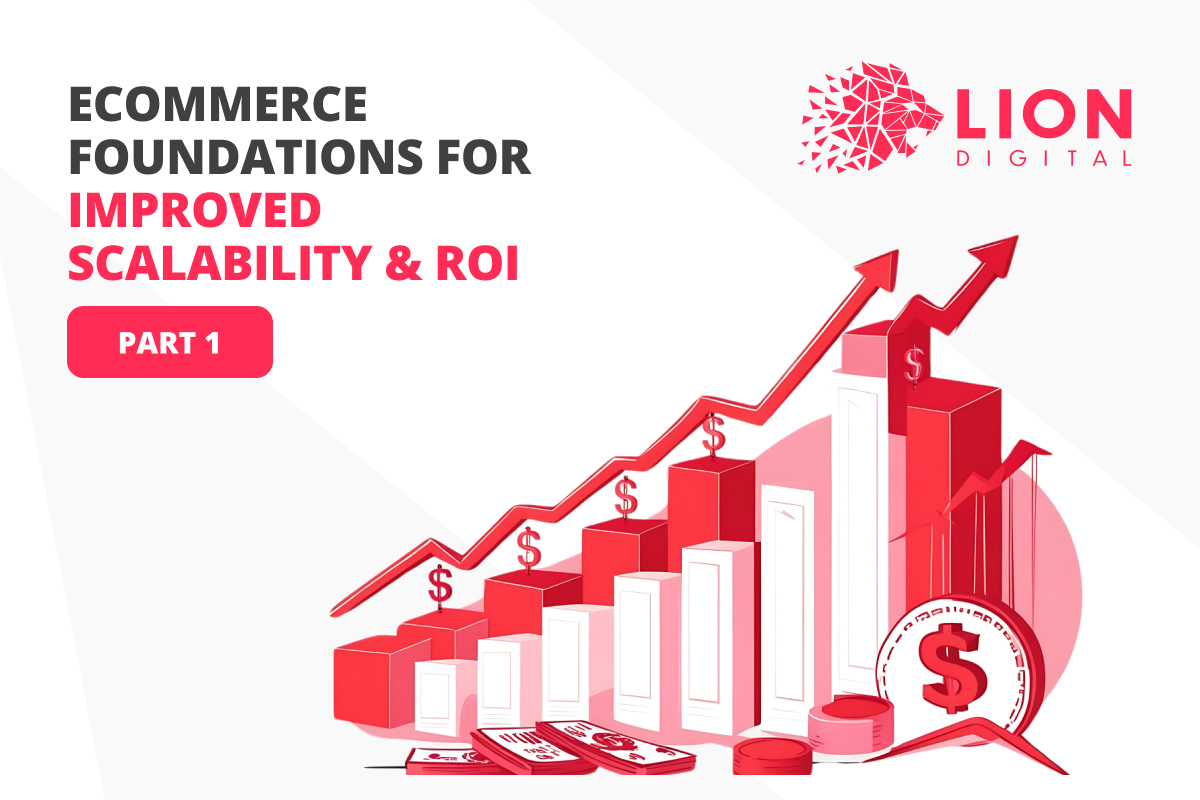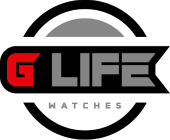
To domain or subdomain? That is the question: As your eCommerce business grows or explores new markets, expanding your website’s content categories and assessing your site’s informational architecture can be exciting—but it also raises a key question: should this new content sit on your main domain or a subdomain? There isn’t a one-size-fits-all answer; it depends on your business needs, competitive landscape, and digital strategy. In this article, LION Digital dives into how running Google Ads on subdomains can impact campaign performance, weighing the pros, cons, and tactics for maximising your ad results while avoiding potential risks.
What is a Subdomain?
There are 3 fundamental parts in each URL:
- Top-Level Domain or TLD: This is the extension at the end of any website URL, such as .com, .net, .org. It’s the highest level in the Domain Name System hierarchy after the root domain. It includes familiar endings like country codes (.au, .uk, .nz, .us) and specific-use types (.gov, .edu). These TLDs help categorise websites, giving clues about their origin or purpose, which is worth considering when structuring a domain strategy for SEO and ads.
- Second-Level Domain or SLD: This is where brands showcase their identity. It’s the creative part of the URL, typically featuring a brand’s name or something unique to them. For example, “Nike” in nike.com or “Starbucks” in starbucks.com.au. The SLD is a powerful branding tool that makes the website easily recognisable and memorable, helping to establish an online presence that users can instantly identify.
- Subdomain: This part appears before the main domain name in the URL, helping to organise and separate content. It’s like the “shop” in shop.starbucks.com.au, setting apart site sections for specific functions. Businesses often use subdomains to create distinct areas tailored to different goals, making navigation easier and enhancing the user experience. They’re a flexible way to segment content while maintaining brand identity.
Using a subdomain is a smart way to create distinct sections within a website, helping businesses separate specific areas for different purposes. This setup aligns sections with business goals, enhances user experience, and keeps content organised. For example, eCommerce brands might use subdomains for areas like a customer portal, blog, or online store, ensuring smooth navigation without cluttering the main site.
Subdomain or Subfolder (Subdirectory): Which is Better?
The important thing to remember is the difference between a subdomain and a subfolder, otherwise known as a subdirectory. If “shop” in shop.starbucks.com.au is a subdomain, “about-us” in starbucks.com.au/about-us is a subfolder or subdirectory. In a URL, subdirectories come after the main domain (like example.com/blog), while subdomains appear before (like blog.example.com).
A subdirectory is part of the main domain, so search engines treat it as part of the same site. However, it’s important to note that subdomains are seen as separate entities by search engines, giving them independent identities. This distinction influences how search engines process and rank content on each, impacting SEO strategy.
Google Ads on Subdomains
To gauge the impact of subdomains on search engine marketing, it’s essential to look at SEO together with Google Ads strategy.
Here, we’ll break down the potential benefits of running Google Ads on a subdomain, including situations where this approach can enhance campaign performance. We’ll also look at the possible drawbacks, from campaign outcomes to broader SEO implications, along with strategies to reduce any risks.
How Subdomains Can Be Good for SEM?
- Relevance and Quality Score: If your SEM campaign targets a subdomain that closely aligns with ad content and keywords, it can boost your Google Ads Quality Score. This relevance can lead to better ad placements and potentially lower costs per click, making campaigns more efficient and cost-effective.
- User Experience: Subdomains let you create a focused, user-friendly setup. For instance, if the main site covers general content, a subdomain can tailor experiences for a niche audience or product line—often boosting conversions.
- SEO Considerations: Google treats subdomains as separate sites, so using one for ads can be helpful when keywords and audiences differ significantly. However, because of this separation, poor management could risk lowering your main domain’s authority and diluting SEO.
- Brand Perception: Subdomains help organise and segment content, improving navigation and professionalism. This structure can positively impact user experience and Google Ads performance, including Ads Quality Scores and costs.
- Targeting Foreign Markets: Using a market.domain.com (us.liondigital.com) structure is great for targeting multiple markets. With this approach, English language nuances for spelling or keywords can be addressed EG Flashlight vs Torches. Many international brands use this strategy to improve site organisation while catering for the consumer and aligning the way they search with Googles guidelines.
Why Subdomains May Be Bad for SEM?
- Separate Domain Authority and SEO efforts: Subdomains are treated as standalone sites by search engines, meaning any SEO work you do for your main domain won’t help your subdomain and vice versa. This separation can damage the Quality Score for Google Ads, leading to higher costs per click. The Quality Score is a main predictor of the Google Ads campaign ranking, and its decrease will result in higher cost per click (CPC). To maintain a subdomain’s Quality Score comparable to the main domain, you’ll need to invest significantly in SEO for each subdomain, which can strain your marketing budget.
- User Mistrust and Confusion: Having multiple subdomains can confuse users, especially if branding and navigation aren’t consistent. If someone clicks on an ad and is taken to an unexpected URL structure, they may lose trust in your brand, leading to higher bounce rates and lower conversions. Over time, this can negatively impact your Google Ads Quality Score, damage ad performance, and increase costs.
- Ad Irrelevance and Quality Score: If your subdomain lacks the authority or relevant well-optimised content that matches your main domain, it can lower your Google Ads Quality Score. As the SEM campaign attached to the subdomain is not aligned with the main domain’s authority, this misalignment reduces ad visibility and drives up costs, making your campaigns less effective.
- Tracking Complications: Running Google Ads on subdomains can complicate tracking by creating accuracy difficulties that can impact attributing traffic and conversions. Data gaps may arise, especially when using remarketing tags across the main domain and its subdomains, making it harder to assess campaign performance accurately.
Short Tips on Running SEM on Subdomains
Wrapping up the items above to watch out for, at LION Digital, we recommend running search ads on your primary domain when possible. This ensures you leverage your established domain authority, developed user experience, and data and analytics infrastructure.
However, you do need to use subdomains, here are some key strategies to minimise the potential negative impacts of running SEM on subdomains:
- Ensure Relevance: Keep content on your subdomain relevant and closely aligned with your targeting ads and keywords. This helps maintain the Quality Score and ad performance at an acceptable level.
- Consistent Branding: To create a seamless experience, maintain consistent branding—visual elements, navigation, and overall user experience—across your main domain and subdomains. The user needs to be certain that the page they land on is trustworthy, and the final destination needs to be clear and aligned.
- Appropriate Linking: Ensure your subdomains are correctly linked to your main site to improve navigation and indexing. This improves user navigation from the main domain to the subdomains and can help search engines crawl and index your site as a whole.
- Constant Performance Monitoring: Regularly track metrics related to the subdomains, like click-through rates (CTR), conversions and user behaviour to refine your approach. Don’t forget to add the subdomains to Google Analytics for marketing analytics.
- SEO Best Practices: Treat your subdomains with the same care as your main domain. Invest in SEO best practices to boost their authority and improve ad performance. This includes meta tag optimisation, using relevant keywords, building high-quality backlink profiles, and more. These practices increase the subdomain authority and affect the performance and costs of Google Ads through the Quality Score.
- Advanced User Experience: To enhance user satisfaction, prioritise fast loading times, mobile optimisation, and intuitive navigation. A good user experience can lead to higher conversion rates and lower costs when running SEM campaigns on subdomains.
- Test and Iterate: Rely on data-driven decisions, not just guesswork. If you think something is working, always double-check it. Use A/B testing to optimise ads and landing pages continually. Continuously test different ad copies, landing pages, and strategies. Never rely only on gut feeling; always try to make data-driven decisions.
Connect with our specialist eCommerce team at LION Digital to craft a tailored SEM, SEO, or blended search strategy that drives your business forward. Schedule a discovery call today!






















